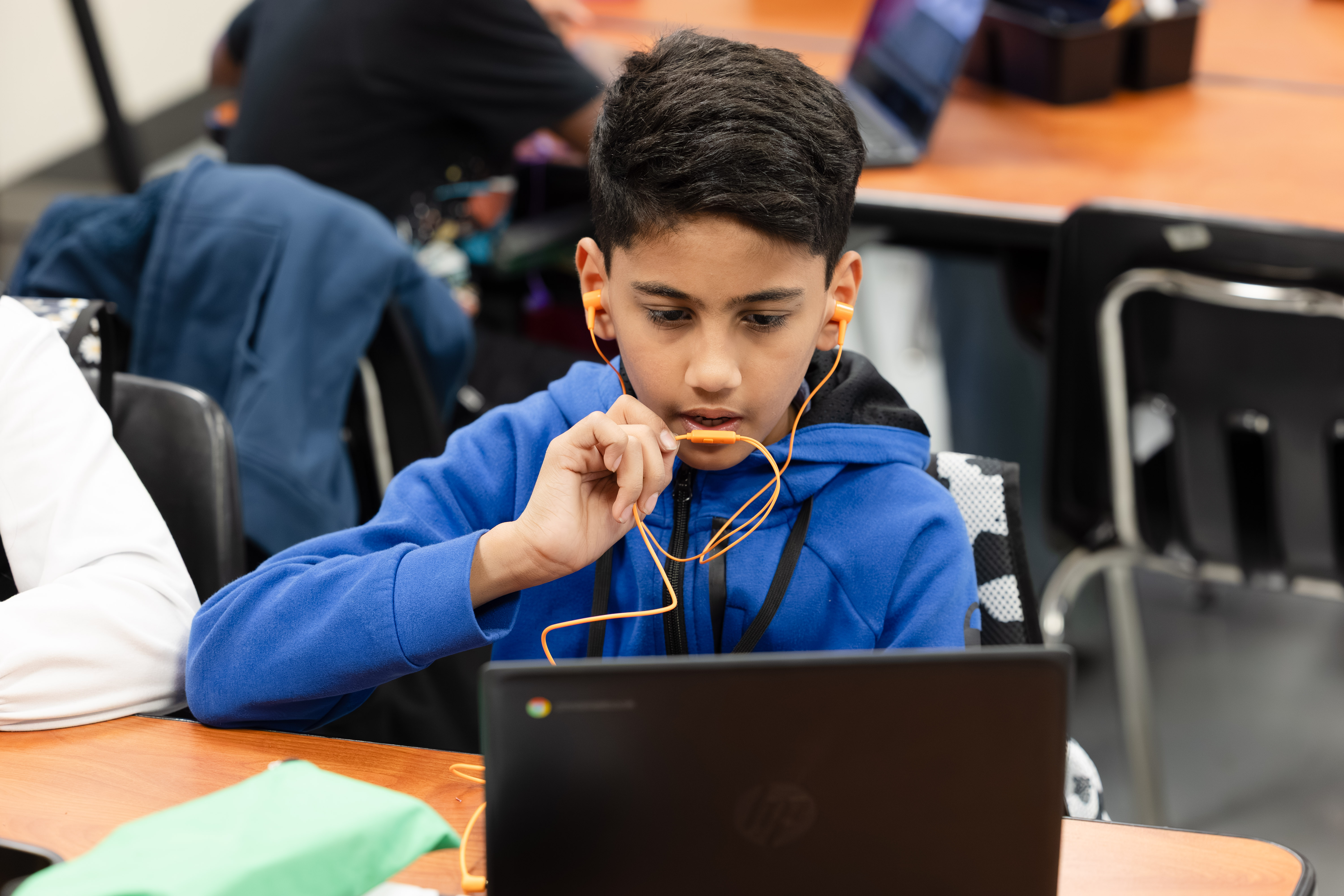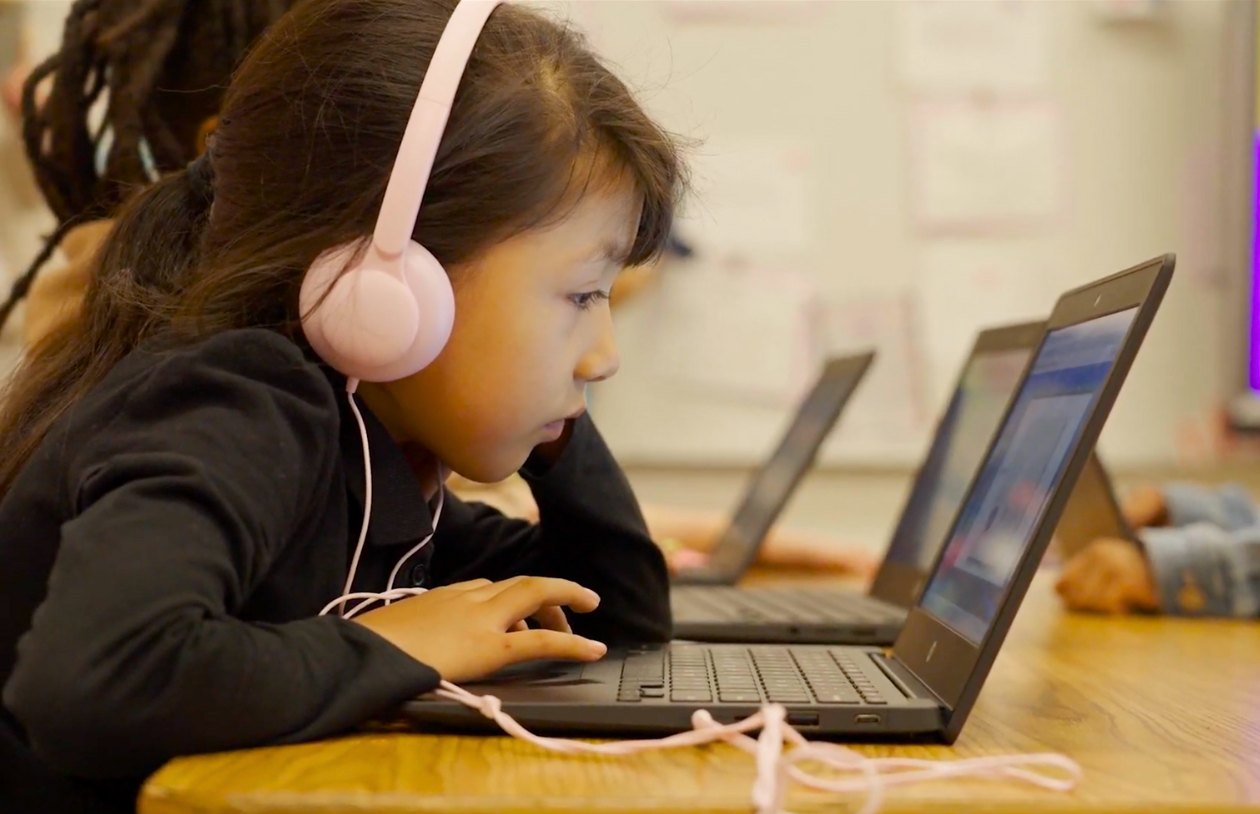Strategies for Building Spanish and English Literacy Proficiency

Support dual language learners in the classroom
Last week we explored the three pillars of second-language learning, and we want to continue our conversation on ways to better support dual language learners. Educators can use this list of easy strategies they can implement immediately to promote literacy proficiency.
Five ways to promote dual language literacy proficiency
The following strategies can help schools promote literacy in both English and Spanish.
1. Teach etymology.
Studying word origins lets students learn about human history while making fun “aha!” realizations about language. In bilingual English/Spanish classrooms, etymology is an excellent way to activate prior knowledge because the two languages have many true cognates such as chocolate, to pretend/pretender, and university/universidad. Learning about similar and identical-looking words can help build students’ confidence about second-language acquisition.
2. Encourage native language use at home.
In the past, Spanish-speaking parents were encouraged to use English at home. However, a best practice today is maintaining one’s native language. This not only helps a child take pride in their identity and feel a sense of community, but can also support them academically. By talking, singing, and reading in a language they’ve mastered, parents can build background knowledge for social studies, science, and other school subjects.
Furthermore, a Spanish-rich environment can sharpen skills that transfer to English language learning. For example, it can help students recognize word roots, read aloud, and use figurative language.
3. Create a bilingual literacy environment.
Ideally both Spanish and English are featured on school signs, in hallway displays of student work, and throughout the school library. In the dual-language classroom itself, Spanish and English can be featured equally on word walls, in books and games, and on bulletin boards and posters.
4. Plan language-rich classroom activities for partners, small groups, and the whole class.
The more that students actively engage with language, the better they progress in dual-language literacy. One favorite classroom activity is reader’s theater, in which each student has an assigned read-aloud from a book or play. Other effective options include interviews, debates, and translating favorite TV shows. Teachers can also arrange penpal assignments and video conversations with partner classrooms.
5. Provide individualized language instruction and support.
Administrators should be aware that dual-language teachers may need extra planning time and resources to differentiate instruction and make assessments. As mentioned above, dual-language proficiency normally takes from two to seven years to develop. Students in a bilingual classroom may have vastly different language skills and require more individualized attention compared with their single-language peers.
Powerful support for dual language learning
Istation offers authentic assessments and personalized instruction — in both English and Spanish — that schools need to help students become bilingual, biliterate, and bicultural. With hundreds of time-saving, scripted teacher resources, Istation gives educators time back so they can focus on providing students the right skill practice or timely intervention they need for lifelong reading success. Easy-to-read data reports provide insights for classroom, campus, and district leaders to predict grade-level success and move all students toward mastery.
Learn more about our biliteracy assessments, interventions, and more.
Read more from the AI & The Reading Brain Blog


.avif)
